One of the things I miss the most in China is being able to get in a car and go wherever we want to go. Because travel is just as much about the journey as it is about the destination, I find mobility really affects how I experience a place.
Despite knowing that, it has still taken us two years to get our act together and embark on the somewhat amusing, but mostly just tedious process of getting our Chinese driver’s licenses. Part of why it took so long was (1) we weren’t sure whether we’d be brave enough to actually drive here; and (2) obtaining a Chinese driver’s license is somewhat of an ordeal in itself.
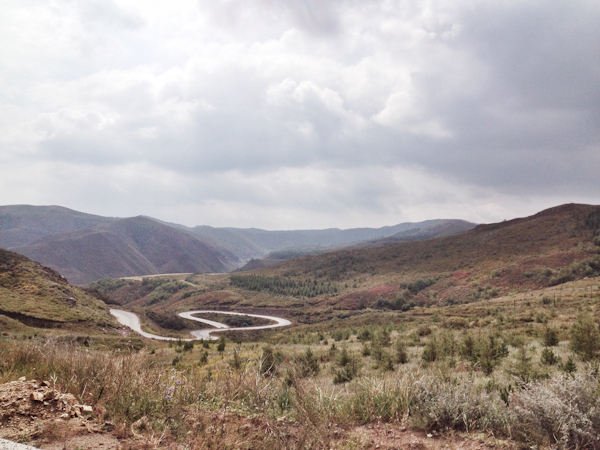
China does not acknowledge international driver’s licenses, so in order to drive locally, you must obtain a local license (unless you have diplomatic immunity, those lucky Embassy folks!). The process includes, among other things, a health check, registering at the police station, and taking the infamously ridiculous written test. (Thankfully, if you already have a license in your home country, you can skip the behind-the-wheel test.) We were lucky to have the help of one of my husband’s researchers in figuring out a lot of the administrative stuff. The entire process is so tiresome that many people hire an agency to take care of all the details. (And because this is China, it is also possible to hire someone to take the test for you. :P)

Passing the Chinese driving test has become an expat rite of passage. The experience really does throw you into the thick of Chinese culture because, like many other kinds of Chinese tests I’ve taken, studying once again relies on pure memorization, not on actually understanding the content (which doesn’t always make sense… at least from a Western point of view). There isn’t really a road guide or rule book to give an order to things — all the study materials I came across simply list the 1000+ questions that the test draws from. After failing it the first day, I had to make up my own rough guide by trying to deduce what the actual rules are based on the answers to the 1000+ questions. This was not easy because sometimes knowing the correct answer didn’t actually tell you anything — like some of the true/false questions where the answer is simply “false” but with no indication of what is actually true. To top it all off, you wouldn’t be able to tell that anyone on the road here has passed any kind of test based on how people actually drive!
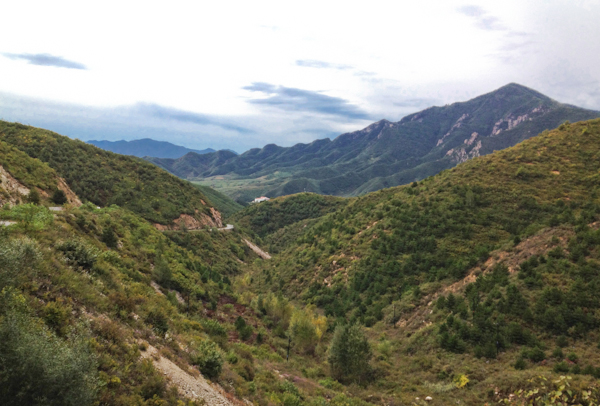
Much has been written about the ludicrous nature of the test (click on any of those links for more! I also highly recommend the book Country Driving by Peter Hessler, who is one of my all-time favorite writers). For better or worse, the test was updated last year and seems far less colorful, though perhaps a little more straightforward, now than in the past. I was somewhat disappointed that it no longer includes amusing questions about intestines, such as the following:
For an open abdominal wound, such as protrusion of the small intestine tube, we should:
A. Put it back.
B. No treatment.
C. Not put it back, but cover it with a bowl or jar, and bind the bowl or jar with a cloth belt.
The correct answer is…
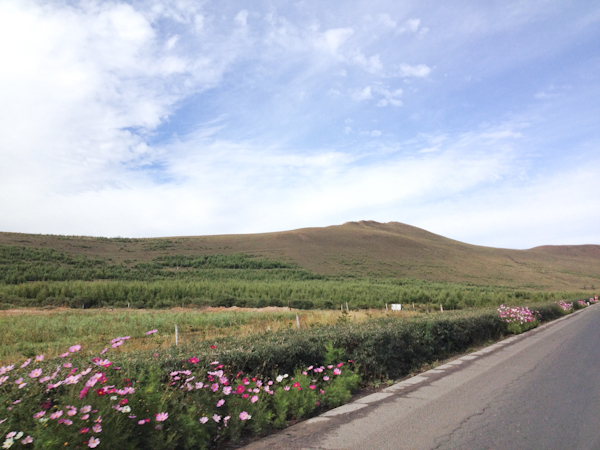
…C!
For more choice bits from the old test, see here. I have to say, though, that the updated questions don’t necessarily make more sense, and they are far less amusing than the old ones! See here for a sampling of questions from the most recent test version. I’ll point out, too, that there is a whole subset of questions devoted to traffic police hand signals — I figured I would only get a few of these on the test and didn’t even bother learning any of them. Hope I don’t regret that down the (literal) road…
Even though we’d been warned that you really do need to study, we didn’t actually start studying until the day before. My husband managed to pass on the first try (you have to get at least 90 out of 100 questions right), but it took me three tries to pass it! You get two tries per sitting. I got an 87 the first time, then 89 the second (augh, just 1 short!). So I had to schedule to retake it the next day and finally got a 93 on the third try. It was a huge relief, because I really did not want to have to take it yet again or waste any more time studying!
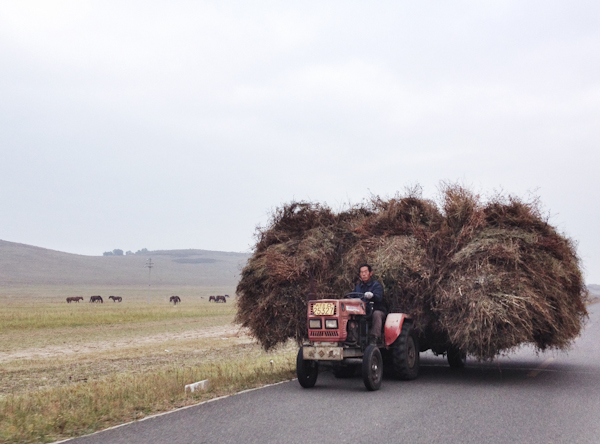
After we finally had our licenses in hand, we just couldn’t wait to hit the road. It just so happened that my brother-in-law came to visit shortly after, so we decided a roadtrip was in order. At the top of our list were Inner Mongolia and camping at the Great Wall. So, last weekend, we did both. You’re getting a glimpse in this post of some of the scenery we saw on that trip. Stay tuned for more!
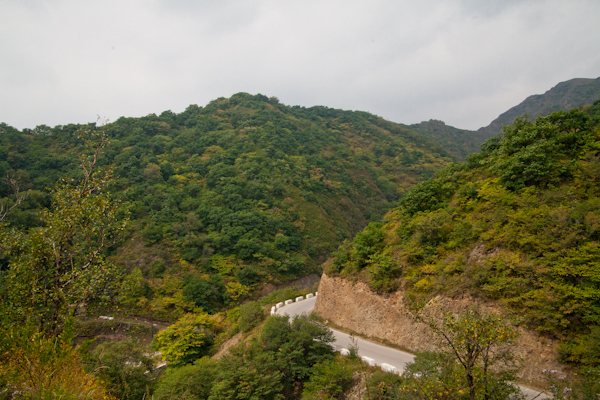 Resources:
Resources:
If you’re actually studying to take that test yourself, here are two posts I found helpful:
- The Middle Kingdom’s Chinese Driver’s License Guide – It’s outdated now, but still helpful in laying out the process for obtaining your license and general strategy for the test. Check the comments section for some more updated links and info.
- Photographer Mark Griffith’s post on Passing the Test. Note this was also written before the latest (2013) version of the test that I took.
I used the China Driving Test Pro app, which, while better than nothing, I can’t fully recommend. There are a few questions on there I’m doubtful are correct, and a number of questions are also worded differently than on the actual test (e.g., a “T-intersection” on the test is simply referred to as “intersection” on the app).


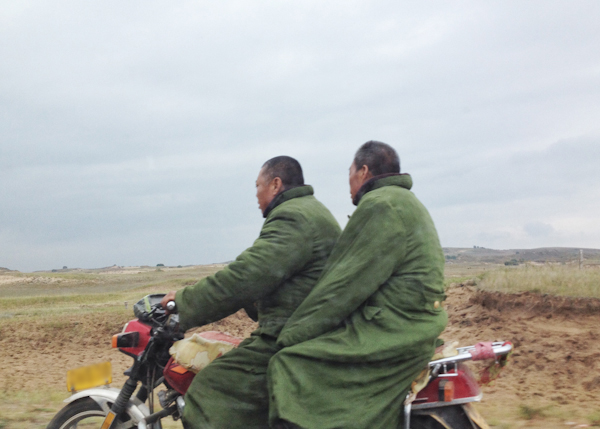














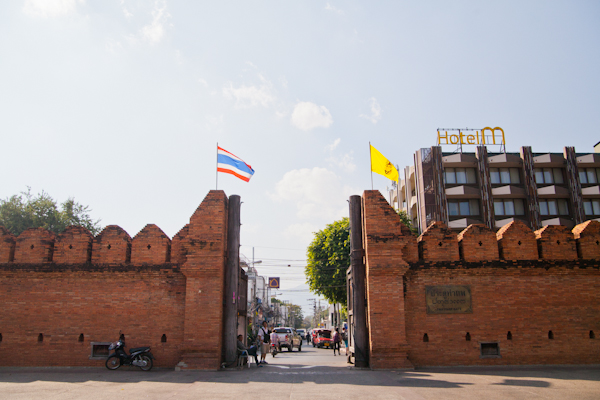









Connect with us